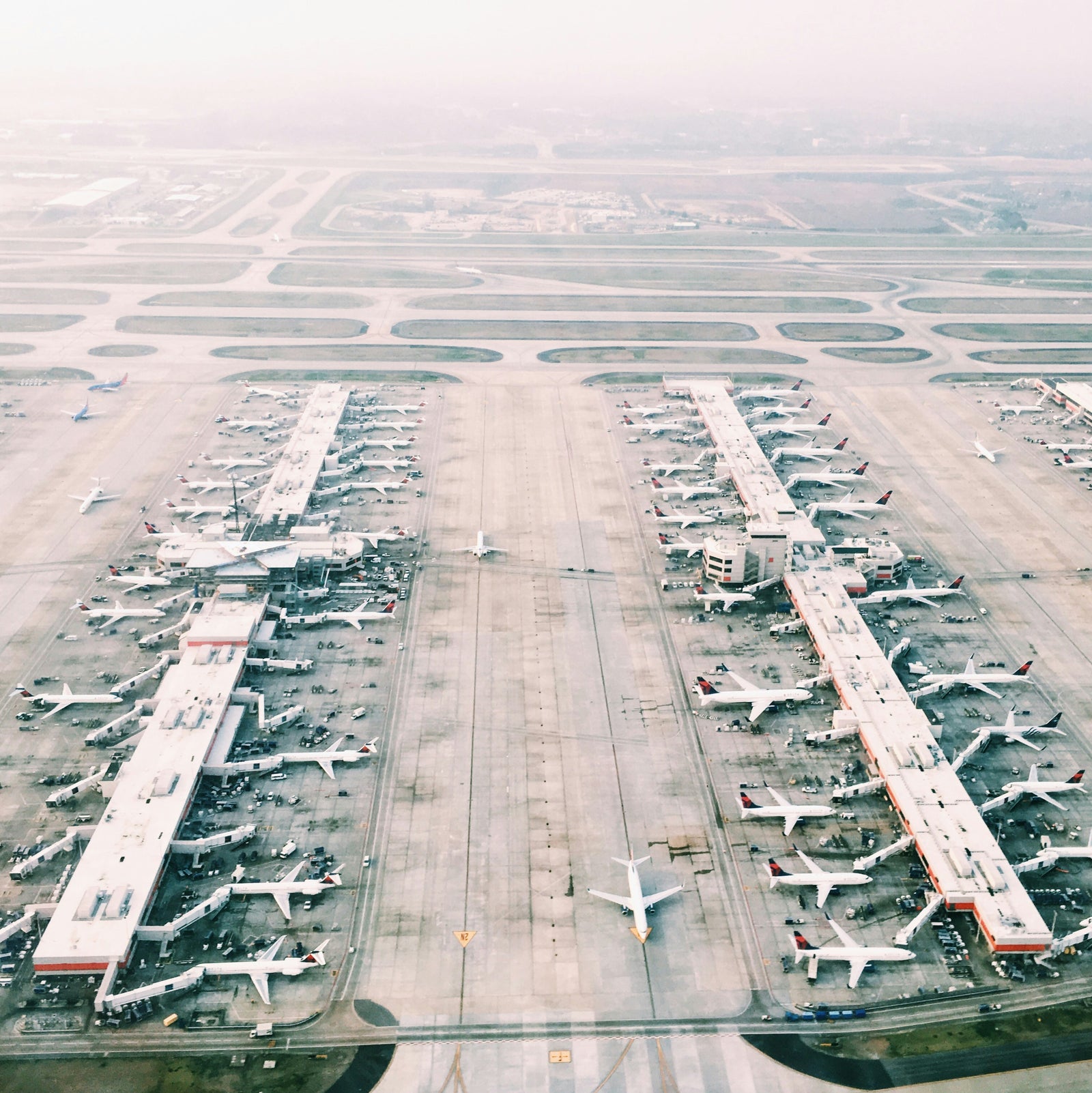Living close to a major airport may not be as convenient as it sounds

If you are a frequent flier, living close to a major airport could be valuable for time and convenience. After all, taking public transportation or short Ubers could save on parking over the long term, and if you’re in an area with restaurants, shops and services, you might not need to own a car at all! However, there is a downside to this convenience, and it’s not just plane noise, although noise is also a health detriment. Here, we’re talking about ultrafine particles (UFP) in the air, which are the result of burning thousands of gallons of jet fuel and propelling those exhaust fumes into the air. They are invisible to the naked eye, but pack a powerful punch for everyone who breathes them in, especially children, the elderly, and those with pre-existing respiratory issues.
A new study from the Netherlands showed how ultrafine particles from Schiphol Airport in Amsterdam, which is Europe’s 4th busiest airport, affected children living or going to school nearby. On days with high aviation-related UFP, children experienced substantially more respiratory symptoms and used more symptom-relieving medication. These symptoms included coughing, wheeziness and phlegm. Similarly, a team of researchers measured UFP around Gatwick in the UK in 2018 and 2019, and found that UFP 500 meters downwind of the airport was greater than that at the curb of London’s busiest roads.
In our detailed article about UFP’s, we explain that because of their small size, they do not just affect the respiratory system. UFP’s can cross the blood barrier in the deepest parts of the lungs, and from there migrate to other organs such as the brain, liver, kidneys, and because they are fat-soluble, also deposit in adipose tissue. Being made up of combustion products, airport UFPs can be toxic as well as irritating, causing systemic inflammation at the very least, but also predisposing patients to ischemic cardiovascular disease and hypertension (high blood pressure), and they are also linked to diabetes and cancer. (Special issue on ultrafine particles: where are they from and how do they affect us?)
This is a very bad environment for children, as cities and municipalities should begin to understand when concerned citizens link the dots. Recently a British woman settled in court for recompense for the death of her child in 2013, caused by air pollution in London. The nine-year old girl had a series of 27 hospitalizations over her life due to asthma, and after her death the coroner ruled that air pollution was a cause in her death. In a narrative verdict, the coroner said the levels of nitrogen dioxide (NO2) near Ella's home had exceeded World Health Organization and European Union guidelines. According to the foundation set up in her name, Ella Roberta is the first person in the world to have air pollution listed as a cause of death on her death certificate. Their family lived near the heavily congested South Circular Road in London, and it’s entirely possible that others who live close to major airports experience even more UFP’s than in this area. The World Health Organization estimates that air pollution kills 7 million people every year: 4.2 million from outdoor air pollution, and 3.8 million from indoor air pollution from burning wood and charcoal. (Deaths from air pollution are high, but the data contains hope) Although indoor air pollution can sometimes be avoided if the family has choices about how they heat and cook food, avoidance of outdoor air pollution is more difficult without moving out of the area. The “hope” is understood in that outdoor pollution levels and deaths–at least pollution due to controllable factors such as industry and traffic, not wildfires–have peaked and started to decline in many countries around the world. This is good news in general, but for those whose children or family members already have compromised health due to pollution, the consolation is not so helpful.
For more information about dealing with air pollution, we have a few articles for you:
- How to protect your child’s air quality
- Air Quality inside your car
- How to Balance Wildfire Smoke and Work
- How to Equip your College Student with Better Air Quality
- Keep Air Quality in Mind while Exercising Outdoors
Photo by Skyler Smith on Unsplash






